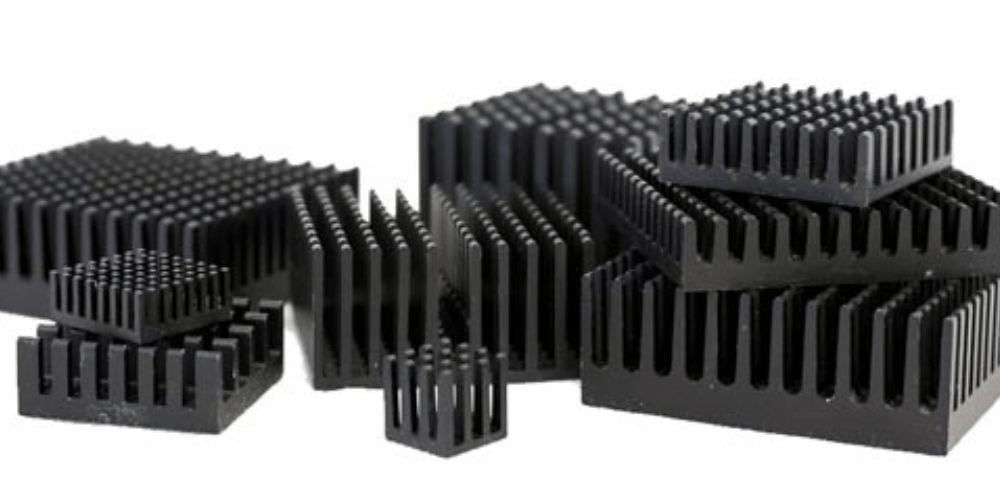The heat sink manufacturing process can vary depending on the type of heat sink being produced. Here is a general overview of the process:
- Design: The first step in the heat sink process is to design the heat sink. The design will take into account the heat sink’s intended use, including the amount of heat that needs to be dissipated and the available space. Only get the best consultancy from an authentic heat sink company.
- Material selection: The material used to make the heat sink will depend on the heat sink’s application. Aluminum is a common material for heat sinks due to its high thermal conductivity, but other materials such as copper or graphite can also be used.
- Extrusion or casting: The heat sink can be produced through extrusion or casting. Extrusion is a process where a block of material is forced through a die to create the desired shape. Casting involves pouring molten metal into a mould to create the heat sink.
- Finishing: Once the heat sink is produced, it may need to undergo additional finishing processes. These can include surface treatment to improve corrosion resistance, coating or painting for aesthetic purposes, or machining to add any necessary mounting holes or other features.
- Quality control: The heat sink will undergo quality control testing to ensure that it meets the required specifications. This can include testing for thermal performance, durability, and other factors.
- Packaging and shipping: Once the heat sink has passed quality control testing, it will be packaged and shipped to the customer.
Overall, the heat sink manufacturing process is a multi-step process that requires careful attention to detail to ensure that the heat sink functions properly and meets the required specifications.
Heat sink products and uses:
Heat sinks come in various shapes, sizes, and materials, depending on their intended use. Here are some common heat sink products and their uses:
- Passive heat sinks: Passive heat sinks are used in electronic devices where heat is generated by passive components such as diodes, resistors, and capacitors. They are typically made of aluminium or copper and rely on natural convection to dissipate heat.
- Active heat sinks: Active heat sinks are used in electronic devices where heat is generated by active components such as microprocessors, power transistors, and voltage regulators. They include fans or other cooling devices that help to increase the airflow and dissipate heat more efficiently.
- Extruded heat sinks: Extruded heat sinks are made using the extrusion process, which allows for the creation of complex shapes and designs. They are commonly used in LED lighting, power amplifiers, and other electronic devices.
- Bonded fin heat sinks: Bonded fin heat sinks are made by bonding fins onto a base plate using a thermally conductive epoxy or solder. They are commonly used in high-power applications such as power supplies, motor drives, and RF amplifiers.
- Stacked fin heat sinks: Stacked fin heat sinks are made by stacking thin sheets of metal on top of each other to create a fin structure. They are commonly used in laptops, desktop computers, and other electronic devices where space is limited.
- Liquid-cooled heat sinks: Liquid-cooled heat sinks use liquid coolant to dissipate heat more efficiently. They are commonly used in high-power applications such as servers, data centres, and industrial equipment.
Lastly, heat sinks are essential components in many electronic devices and industrial applications, helping to prevent overheating and ensure reliable operation.

